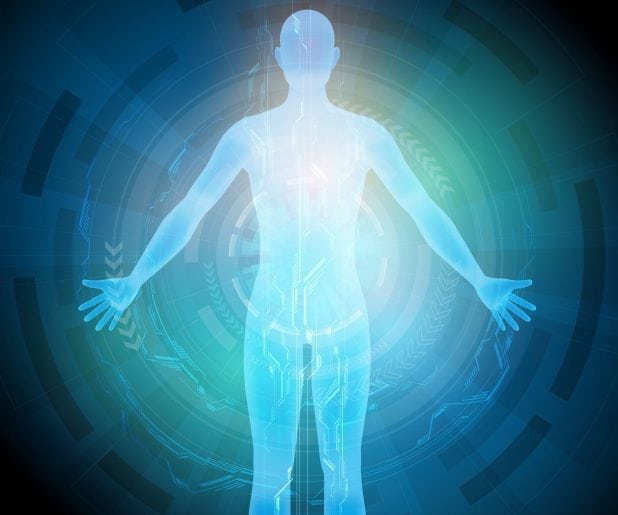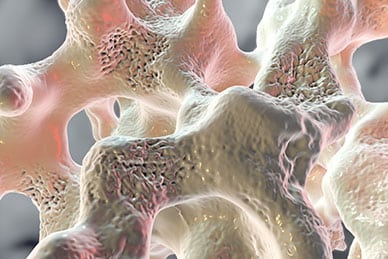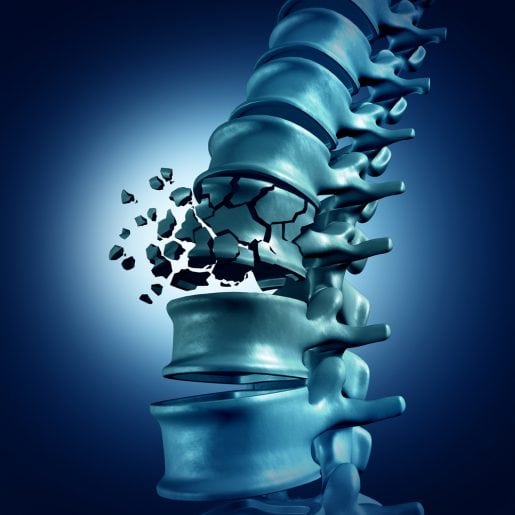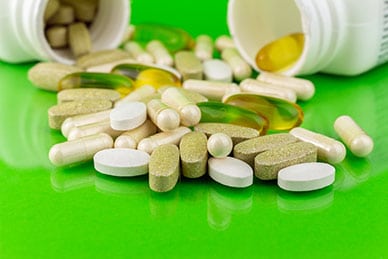Thanks to increased research attention in recent years, we are beginning to form a better understanding of how vitamin D — an essential nutrient long associated with bone health — impacts not only our musculoskeletal system but also other critical aspects of our health. Naturally produced by our skin when exposed to sunlight, vitamin D is also present in food sources like cod liver oil, beef liver, eggs, certain oily fish such as mackerel, herring, tuna and in fortified products such as milk and cereal. Certain supplements also provide vitamin D. Vitamin D is vital to our body’s ability to absorb calcium and also directly impacts blood pressure levels, brain function, lung function, immunity and even mood regulation.
Vitamin D Deficiency: A Widely Overlooked Epidemic
 By the Institute of Medicine’s standards, over a quarter of the U.S. suffers from either low or inadequate levels of vitamin D. What’s more, many experts believe that recommended levels of vitamin D should be two to three times higher than those recommended by the IOM — which would make more than 95 percent of the U.S. population either deficient or at risk of deficiency. Vitamin D deficiencies have been linked to diseases such as cancer, heart disease, diabetes, metabolic syndrome and multiple sclerosis. Previous research has suggested that there may exist a link between vitamin D deficiency and obesity.
By the Institute of Medicine’s standards, over a quarter of the U.S. suffers from either low or inadequate levels of vitamin D. What’s more, many experts believe that recommended levels of vitamin D should be two to three times higher than those recommended by the IOM — which would make more than 95 percent of the U.S. population either deficient or at risk of deficiency. Vitamin D deficiencies have been linked to diseases such as cancer, heart disease, diabetes, metabolic syndrome and multiple sclerosis. Previous research has suggested that there may exist a link between vitamin D deficiency and obesity.
A global epidemic, obesity contributes to the death of some 2.8 million people worldwide each year. In the United States alone, more than 78 million adults are considered obese. That means that over one-third of adults in the United States are at risk for easily preventable but potentially life-threatening conditions such as heart disease, diabetes and certain types of cancer. A proven link between obesity and vitamin D levels could very well have wide-reaching implications for a vast majority of the population.
Researchers Discover Significant Link Between Belly Fat and Vitamin D
A group of researchers from the Netherland’s VU University Medical Center and Leiden University Medical Center sought to better understand the link between obesity and vitamin D levels by observing the types and locations of fat that were associated.
Led by Rachida Rafiq, the team examined data from the Netherlands Epidemiology of Obesity study, focusing specifically on the adipose (fat) tissues of participants in relation to their vitamin D levels. In particular, the researchers examined the participants’ total body fat, subcutaneous abdominal adipose tissue (belly fat), visceral adipose tissue (fat surrounding the organs) as well as their hepatic (liver) fats. The data were adjusted accordingly for potentially influential variables such as alcohol levels, chronic disease and physical activity and the results then examined.
The researchers found that in women, both total body fat and belly fat were linked with lower vitamin D levels, with the abdominal fat having a significantly greater impact. In men, abdominal fat and liver fat were found to hold higher associations with lower vitamin D levels. In every single case, however, it was obvious that the higher the amount of abdominal fat, the less vitamin D was detected, suggesting that those with larger bellies are more likely to experience a vitamin D deficiency and are therefore also at a greater risk of health complications that accompany lowered vitamin D levels.
According to Rafiq, “Although we did not measure vitamin D deficiency in our study, the strong relationship between increasing amounts of abdominal fat and lower levels of vitamin D suggests that individuals with larger waistlines are at a greater risk of developing deficiency, and should consider having their vitamin D levels checked.”
Understanding the Link Between Vitamin D Levels and Fat Tissue
While the direction or cause of this association is not yet understood, these findings provide a point of focus for future studies. The team hopes to further investigate the association between belly fat and vitamin D so they may shed more light on whether exactly a lack of vitamin D predisposes individuals to gain weight or if increased fat causes a decrease in vitamin D levels.
“Due to the observational nature of this study, we cannot draw a conclusion on the direction or cause of the association between obesity and vitamin D levels. However, this strong association may point to a possible role for vitamin D in abdominal fat storage and function,” Rafiq said.
 Of course, aging is the primary
Of course, aging is the primary  This disease is serious and potentially life-threatening. Fractures from bone loss are most likely to occur in the wrist, spine or hip, but they can happen anywhere. Bone loss can limit mobility and the complications can be life-threatening to older adults. 20 percent of seniors who break a hip bone die within a year from the corrective surgery or fracture.
This disease is serious and potentially life-threatening. Fractures from bone loss are most likely to occur in the wrist, spine or hip, but they can happen anywhere. Bone loss can limit mobility and the complications can be life-threatening to older adults. 20 percent of seniors who break a hip bone die within a year from the corrective surgery or fracture. While bone loss begins to occur gradually as we age, there are many ways to protect healthy bone production. Staying active is one of the most important ways to protect your bones. The
While bone loss begins to occur gradually as we age, there are many ways to protect healthy bone production. Staying active is one of the most important ways to protect your bones. The  It is well known that it is important to get a wide range of vitamins as part of
It is well known that it is important to get a wide range of vitamins as part of  Although vitamin D is one of the most important nutrients for human health, many modern people are deficient. This vitamin is produced mainly through a reaction found in skin cells when they are exposed to ultraviolet light. Many people in the modern world wear sunscreen to lower their skin cancer risk,
Although vitamin D is one of the most important nutrients for human health, many modern people are deficient. This vitamin is produced mainly through a reaction found in skin cells when they are exposed to ultraviolet light. Many people in the modern world wear sunscreen to lower their skin cancer risk,  Magnesium is a mineral that is
Magnesium is a mineral that is  Turmeric has been the subject of several recent studies due to
Turmeric has been the subject of several recent studies due to